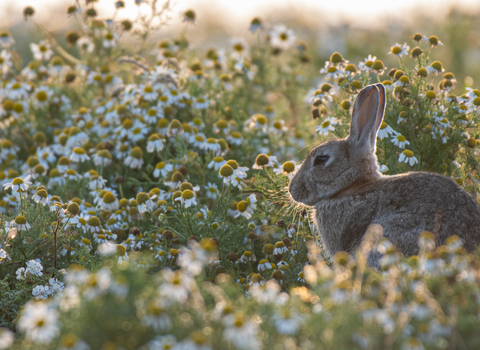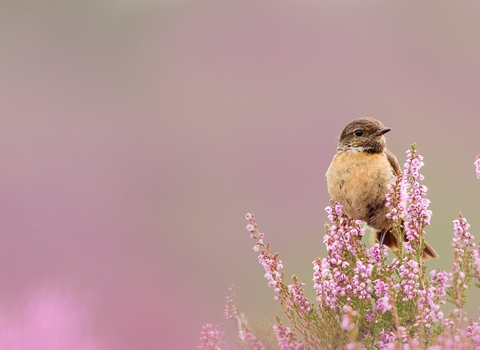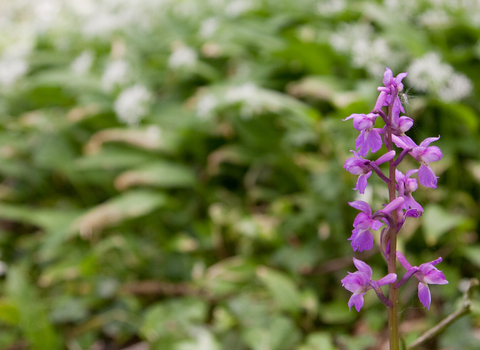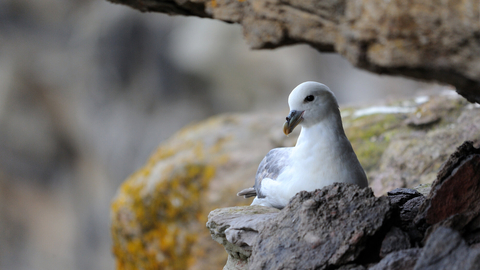
Amy Lewis
Deborah’s Hole
Location
Know before you go
Dogs
When to visit
Opening times
Open access nature reserve.Best time to visit
Spring, summer and autumn.About the reserve
Deborah’s Hole is named after a small inaccessible cave which during archaeological excavations in the nineteenth century yielded Stone Age tools, which are to be seen in the Royal Institution in Swansea.
The reserve has been partially surface quarried for limestone either as building stone for walls or for burning to produce lime for agricultural fields. This has left a broken surface and varied soil depth which has not allowed subsequent agricultural improvement, as has occurred on the cliff top of Horse Cliff, immediately to the east.
The vegetation ranges from limestone grassland with Common Rock-rose, the nationally scarce Spring Cinquefoil, Squinancywort, and Thyme on the thinner soils through to heathland supporting Bell Heather together with Gorse and Hawthorn scrub. The reserve also has nesting Rock Pipit, and Linnet, with Fulmar and Raven nesting upon adjacent cliffs. The Hornet Robberfly has been seen in early autumn.
This reserve allows good views of the Knave, a small offshore stack with attendant Cormorants and Shags, and on a clear day, Lundy Island can been seen out in the Bristol Channel.
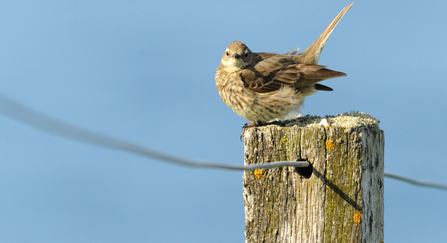
Amy Lewis

